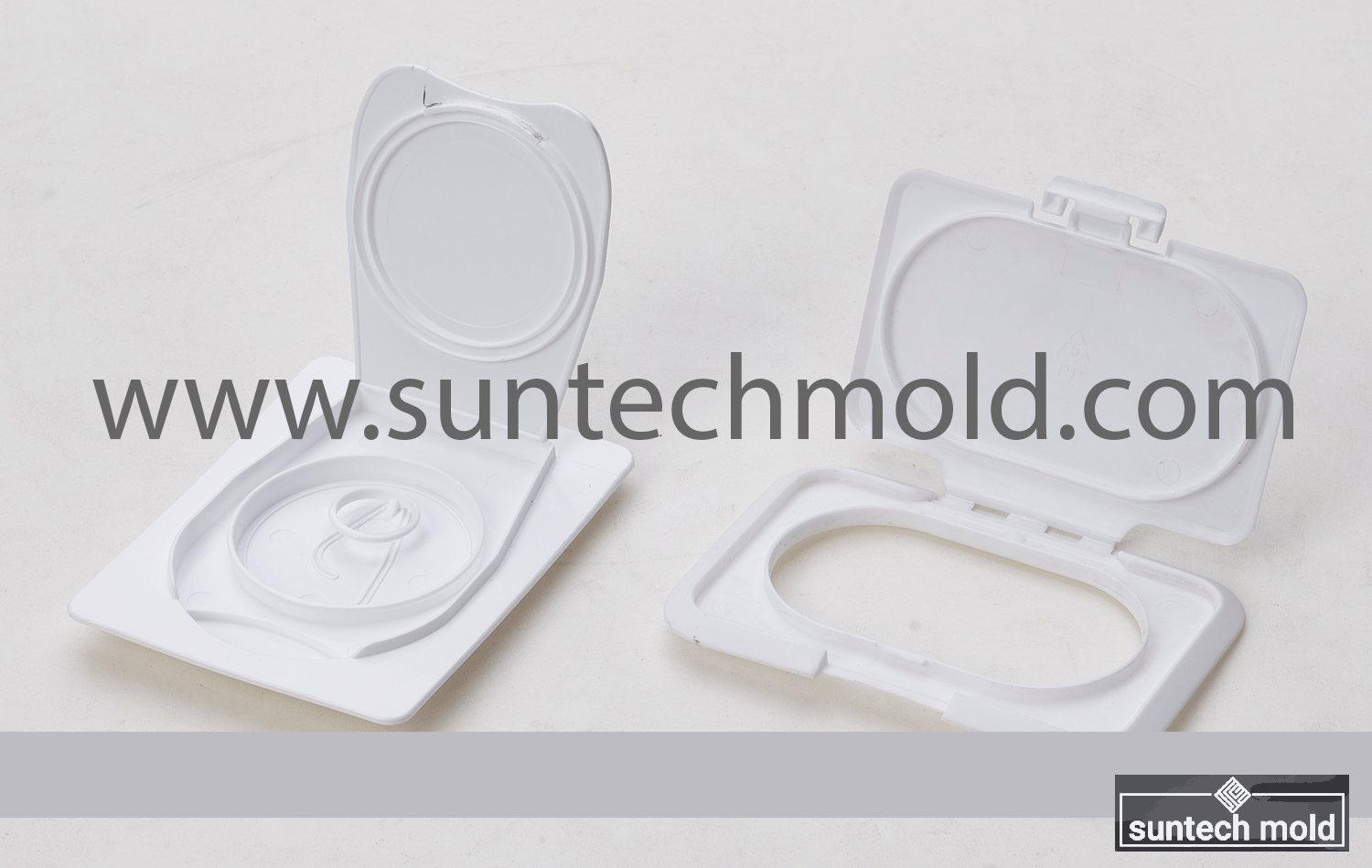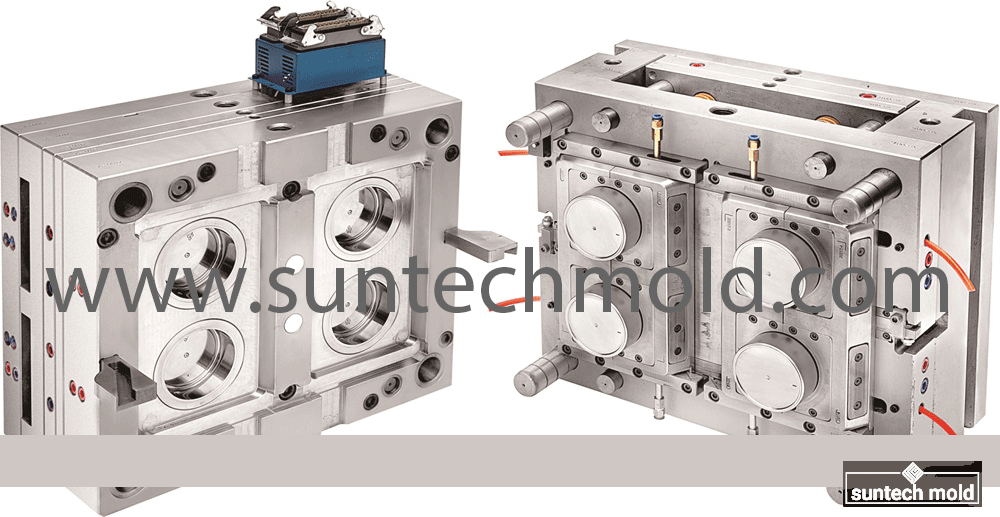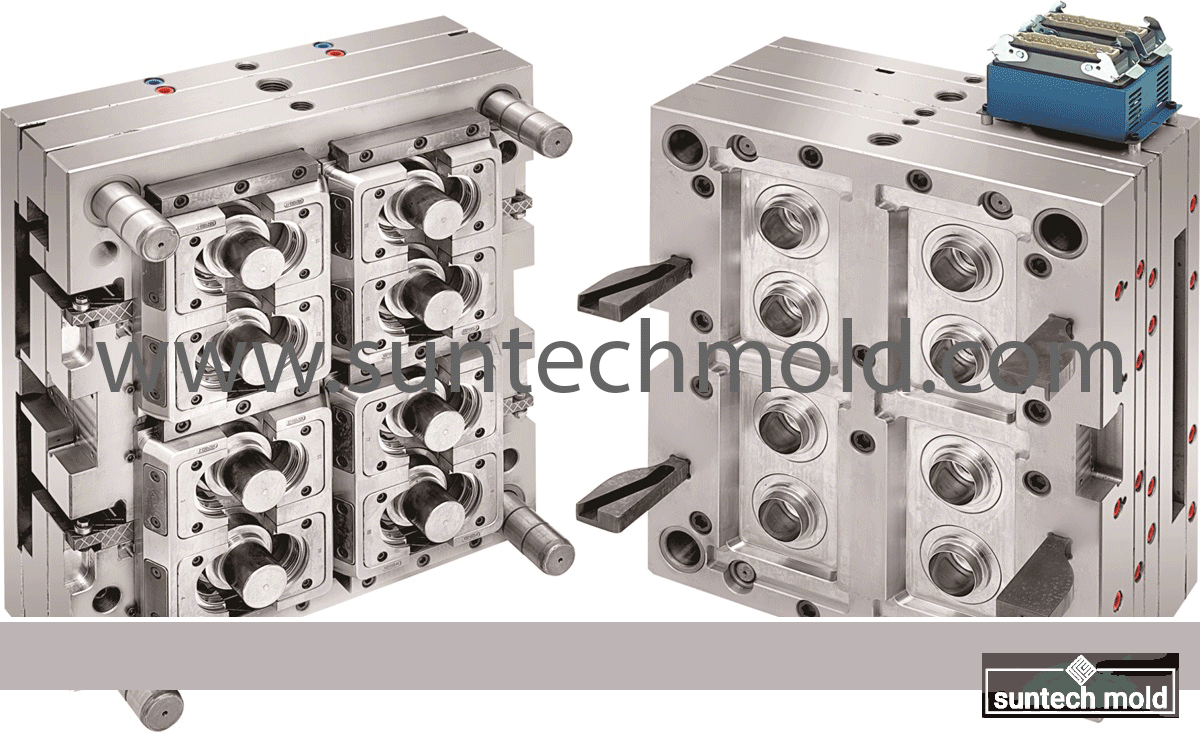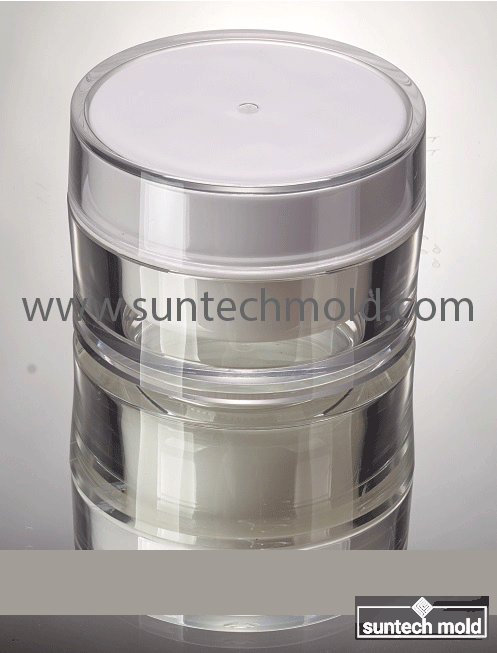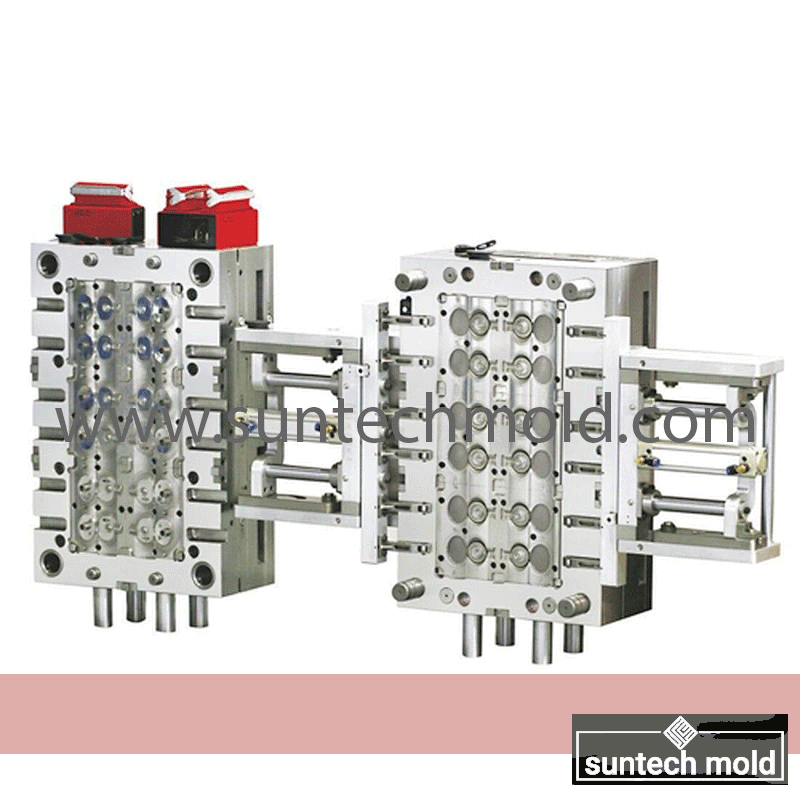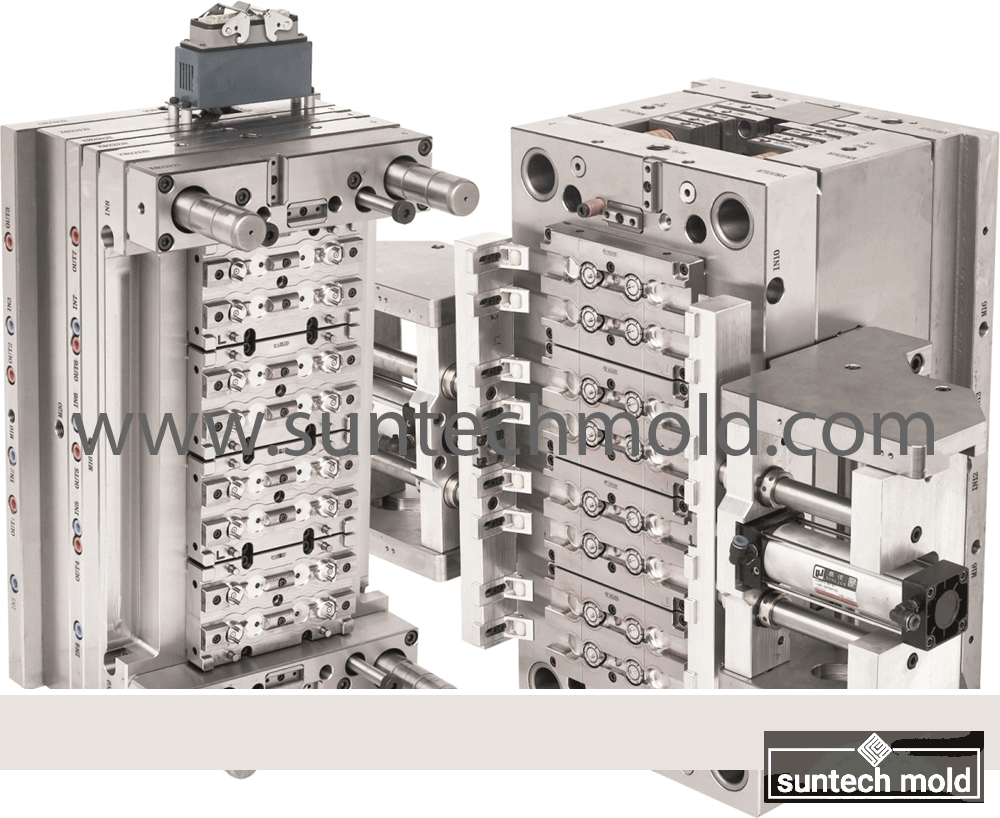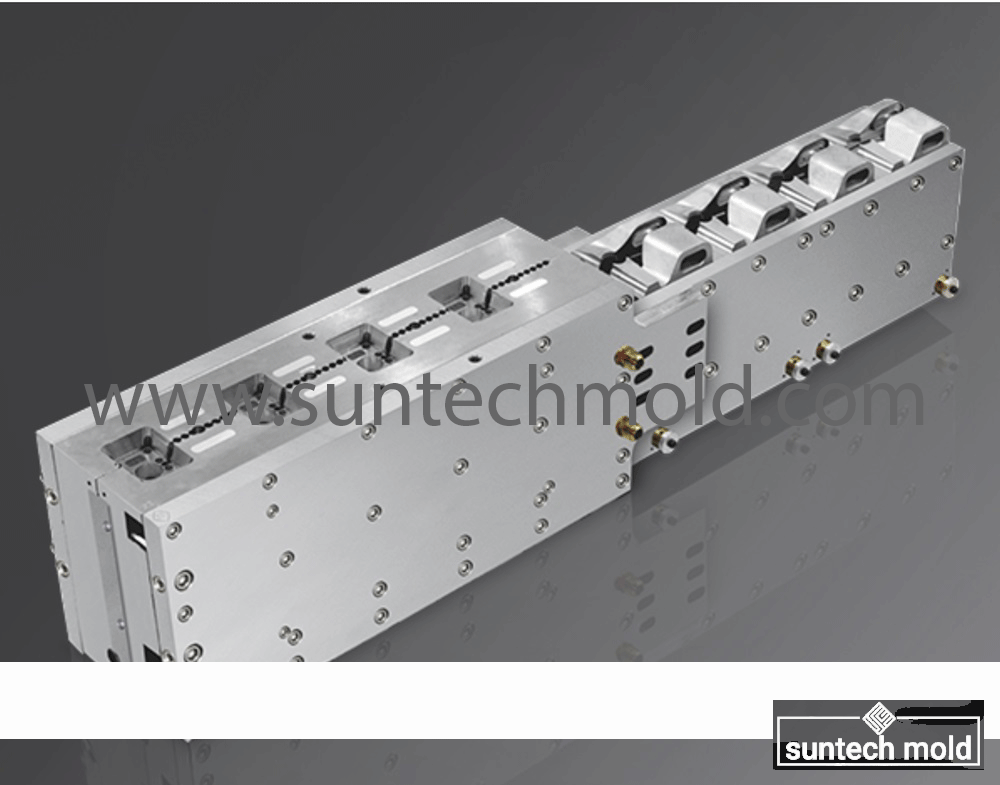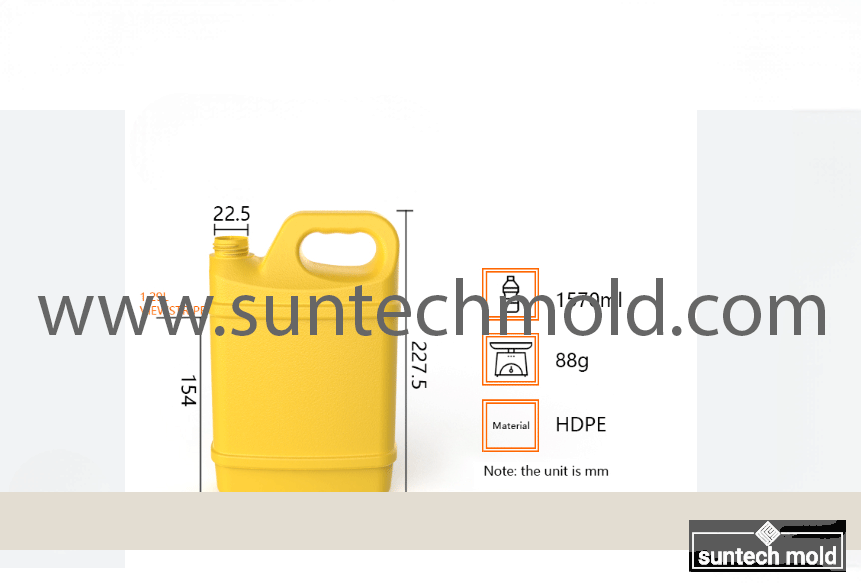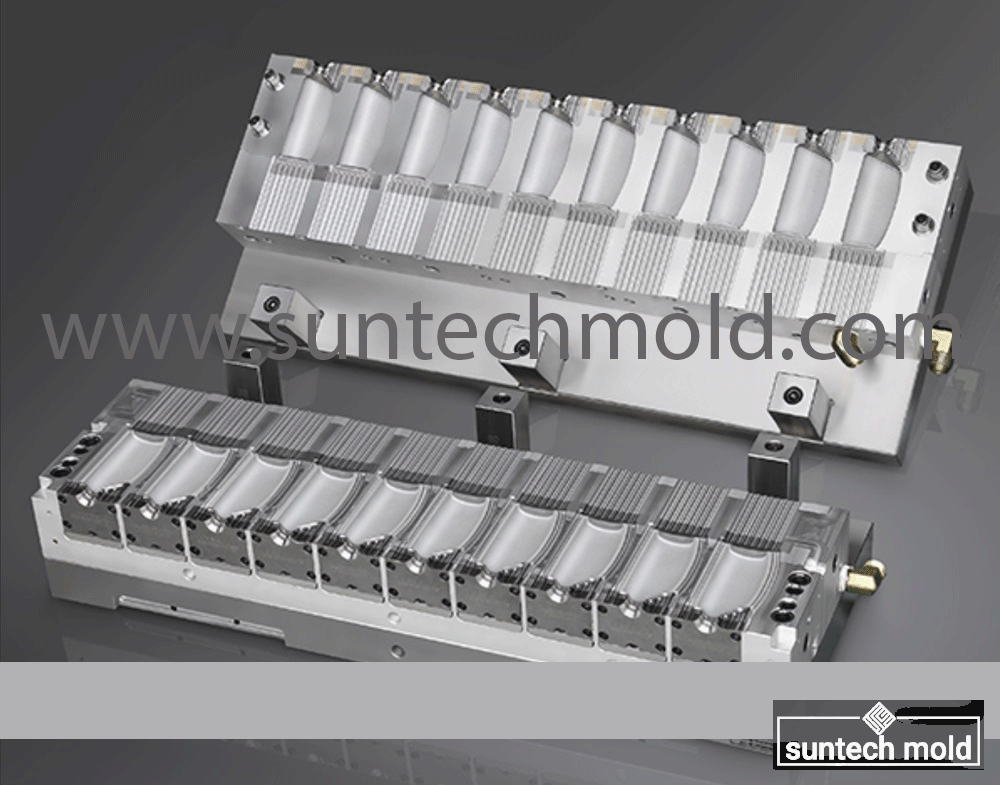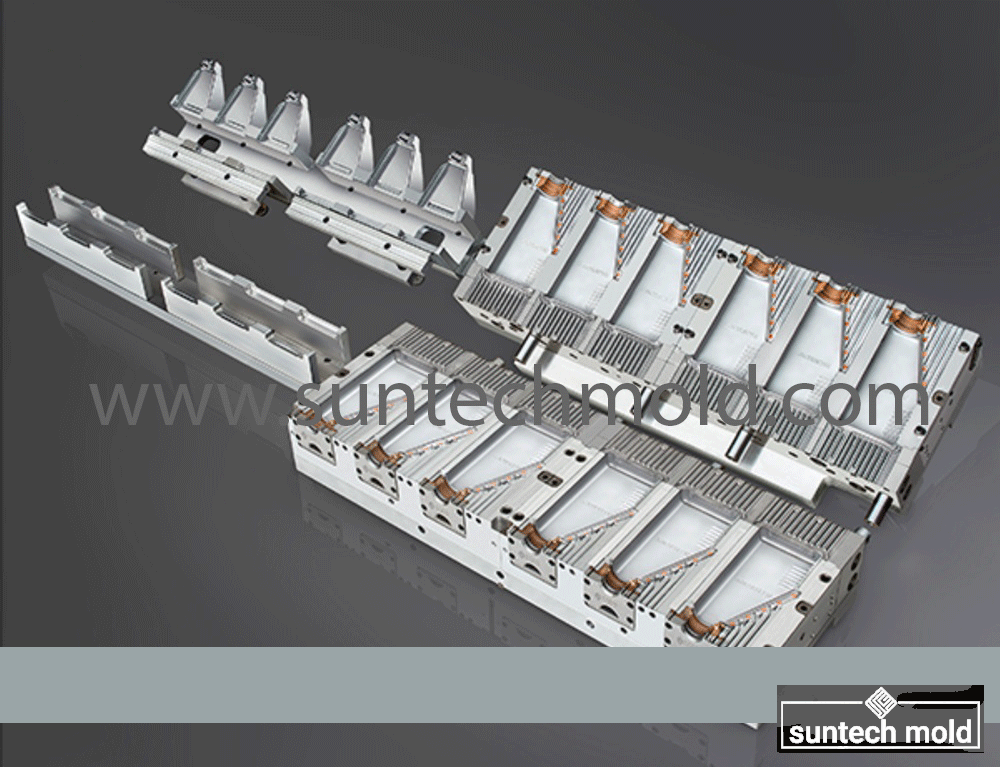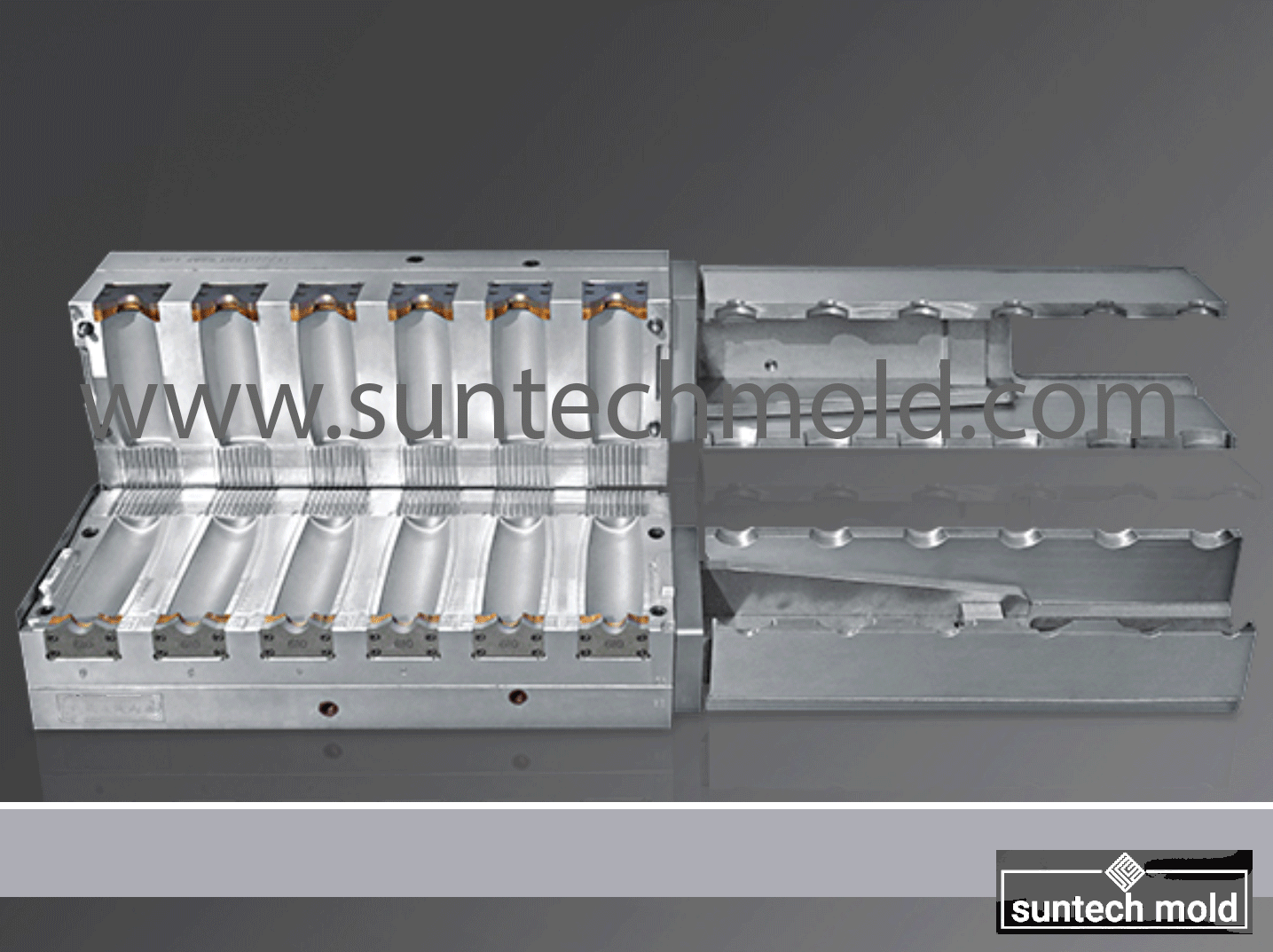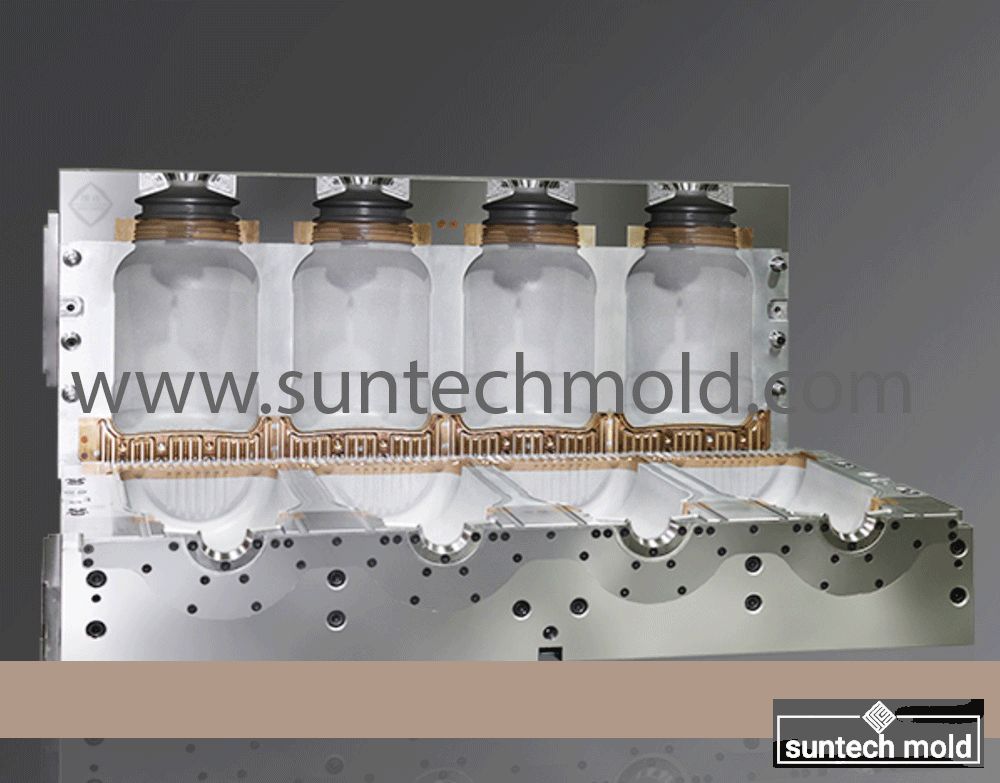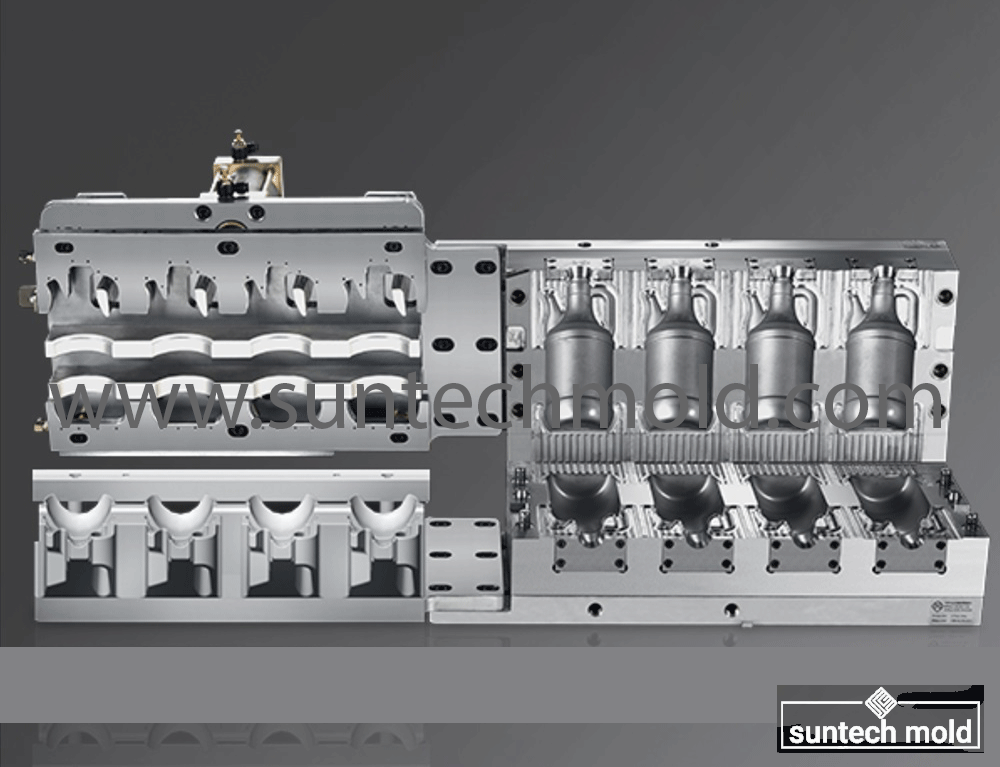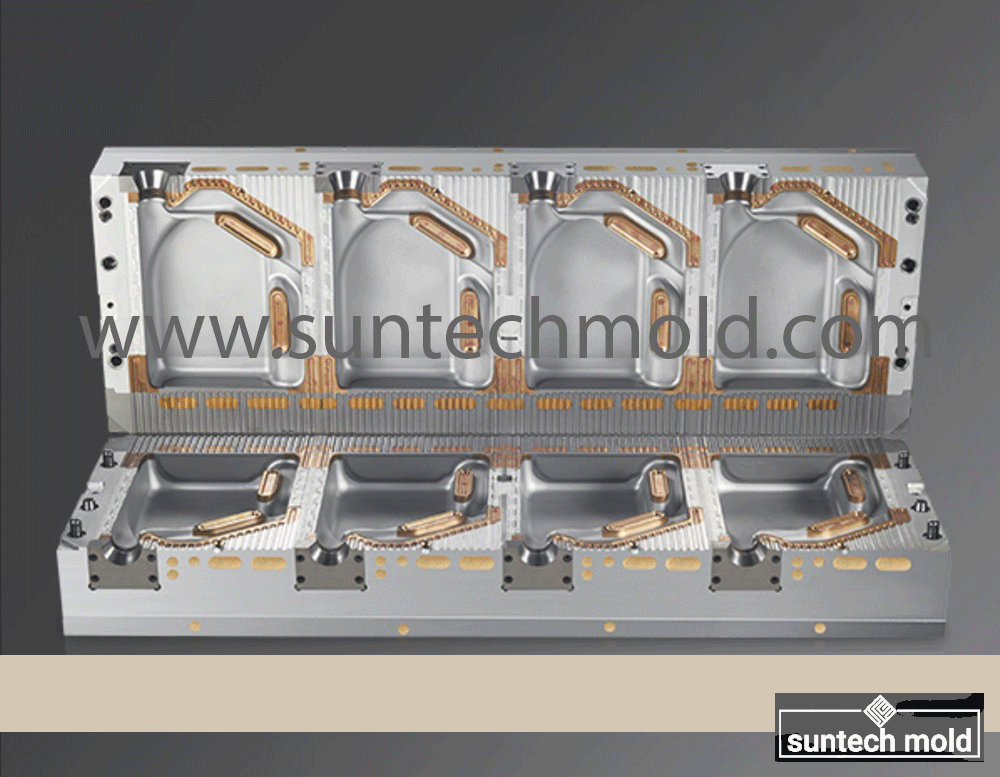Using 3D-printed materials for mold construction offers several significant benefits:
- Design Flexibility
- Complex Geometries: 3D printing allows for intricate designs and complex internal structures that traditional machining may not achieve.
- Customization: Molds can be easily tailored to specific product requirements or modified quickly for different applications.
- Reduced Lead Times
- Rapid Prototyping: 3D printing can significantly shorten the time from design to production, enabling faster iterations and quicker market entry.
- On-Demand Production: Molds can be produced as needed, reducing inventory and storage costs.
- Cost Efficiency for Low Volumes
- Lower Initial Costs: For low-volume production runs, 3D-printed molds can be more cost-effective than traditional methods, avoiding high tooling costs.
- Reduced Waste: Additive manufacturing typically generates less material waste compared to subtractive methods.
- Enhanced Cooling Channels
- Optimized Cooling: 3D printing enables the creation of complex cooling channel designs that can improve thermal management and reduce cycle times.
- Improved Heat Transfer: Efficient cooling can enhance the quality of the final product by minimizing defects.
- Material Variety
- Diverse Options: Various materials, including plastics, metals, and composites, can be used for different applications, allowing for tailored performance characteristics.
- Functional Materials: Advanced 3D printing materials can offer properties such as high strength, heat resistance, and chemical resistance.
- Reduced Assembly Time
- Fewer Components: Complex molds can be printed as a single piece, reducing the need for assembly and potential misalignment issues.
- Simplified Designs: This can lead to more straightforward designs with fewer joints and seams.
- Lightweight Structures
- Weight Reduction: 3D printing allows for the creation of lightweight mold designs without sacrificing strength, which can be beneficial for handling and transportation.
- Facilitated Testing and Iteration
- Quick Modifications: Designs can be adjusted easily in response to testing feedback, leading to continuous improvement in mold performance.
- Iterative Design: The ability to rapidly prototype and test different designs enhances innovation.
Conclusion
3D-printed materials for mold construction offer notable advantages in flexibility, speed, cost, and performance. These benefits make 3D printing an attractive option for various manufacturing applications, particularly in environments that require rapid adaptation and customization.

